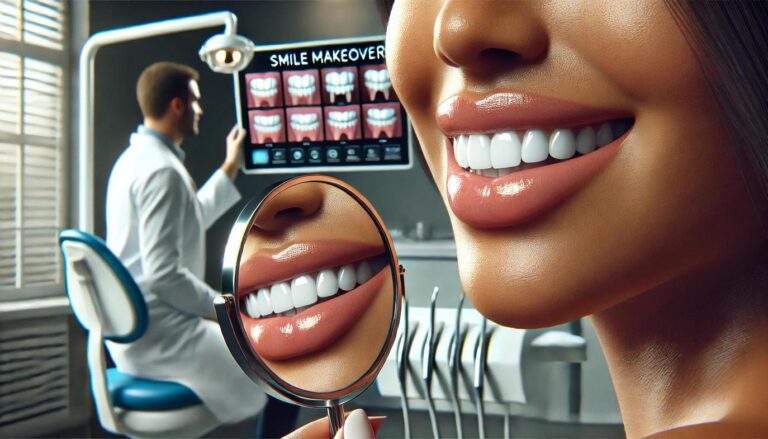Hair thinning is often an emotional experience for many men. Recognizing the initial symptoms is crucial for timely intervention. We can take proactive measures to safeguard hair health by addressing these early signs. A comprehensive understanding of the symptoms, underlying causes, and available treatments is essential for effectively managing hair loss. This knowledge empowers individuals to take control of their hair’s well-being.
First Signs of Hair Thinning
The first symptom of hair loss is an increase in shedding; you may notice much more hair on your brush, in your pillowcase, or down the shower drain. This can be a little tricky to spot because most of us lose 50–100 hairs a day normally. A falling hairline at the temples or, more generally, a deeper “M”-shaped appearance is often the result of common thinning conditions. Pay closer attention to density changes in hair at the top, centre, and around the lines that separate them.
Thinning Hair: Understanding the Causes
Various factors contribute to hair loss, including hereditary influences and hormonal changes. However, lifestyle choices significantly impact hair health as well. Androgenetic alopecia, which is the scientific name for male pattern baldness, has been linked to genetics and the hormone dihydrotestosterone (DHT). Additionally, hair thinning may arise from stress, underlying medical conditions, or nutritional deficiencies. Understanding these causes is essential for determining appropriate actions to address hair loss effectively.
Why Early Intervention is Important
Early detection of hair loss can broaden the scope of treatment options and increase the probability of favourable results. Delaying treatment may lead to inactive hair follicles becoming increasingly resistant to reactivation. When hair thinning reaches an advanced stage, options may become limited, with procedures like hair transplants in Toronto becoming the sole remedy. Taking prompt action allows individuals to explore less invasive treatments, such as medication and lifestyle changes, before the condition worsens

Medications and Topical Treatments
In Canada, several Health Canada-approved medications, including finasteride and minoxidil, are effective for many men in slowing or even reversing hair thinning. Finasteride functions by reducing dihydrotestosterone (DHT) levels in the scalp. In contrast, minoxidil enhances blood circulation to hair follicles and promotes hair growth. These treatments demand consistency and patience, as noticeable results typically require several months to manifest. Consulting with a dermatologist can provide valuable insights into whether these medications are appropriate for individual conditions.
The Role of Nutrition in Hair Health
A nutrient-balanced diet is essential for maintaining strong and healthy hair. Deficiencies in key nutrients, particularly biotin, zinc, and iron, can lead to weakened hair and increased thinning. Foods rich in protein and healthy fats, coupled with vital vitamins, support the optimal function of hair follicles. A medical professional’s recommendations for supplements and blood tests can help determine nutritional status.
Lifestyle Changes Fight Thinning Hair
The primary strategy to combat further hair thinning involves effective stress management and proper hair care practices. Chronic stress is associated with conditions like telogen effluvium, which can worsen hair loss. Individuals can manage stress levels by incorporating relaxation techniques, such as yoga and meditation, into their daily routines. Additionally, avoiding harsh styling practices—such as excessive heat application and tight hairstyles—can prevent damage, as these habits weaken the hair shaft and lead to breakage.

When to Seek Professional Help
If you are experiencing persistent hair thinning or hair shedding that deteriorates over time, you should get professional help. A dermatologist or trichologist can conduct an analysis of the scalp, get tests done for ruling out underlying causes, and guide you through the best course of treatment. The sooner you diagnose this condition, the more options are available to you, from medicines and laser treatments to more modern procedures such as platelet-rich plasma (PRP) treatment.
Proactive Solutions for Preventing Hair Loss: Early Detection and Treatment Strategies
Hair thinning does not have to advance to complete hair loss when addressed promptly. Recognizing the early signs allows individuals to explore a range of treatment options and determine the most effective course of action for their hair. It is possible to slow down or even reverse hair thinning by implementing a combination of medical treatments, lifestyle adjustments, and professional guidance. Taking action early is crucial; it is essential to respond promptly to provide hair with the care and support it requires.




